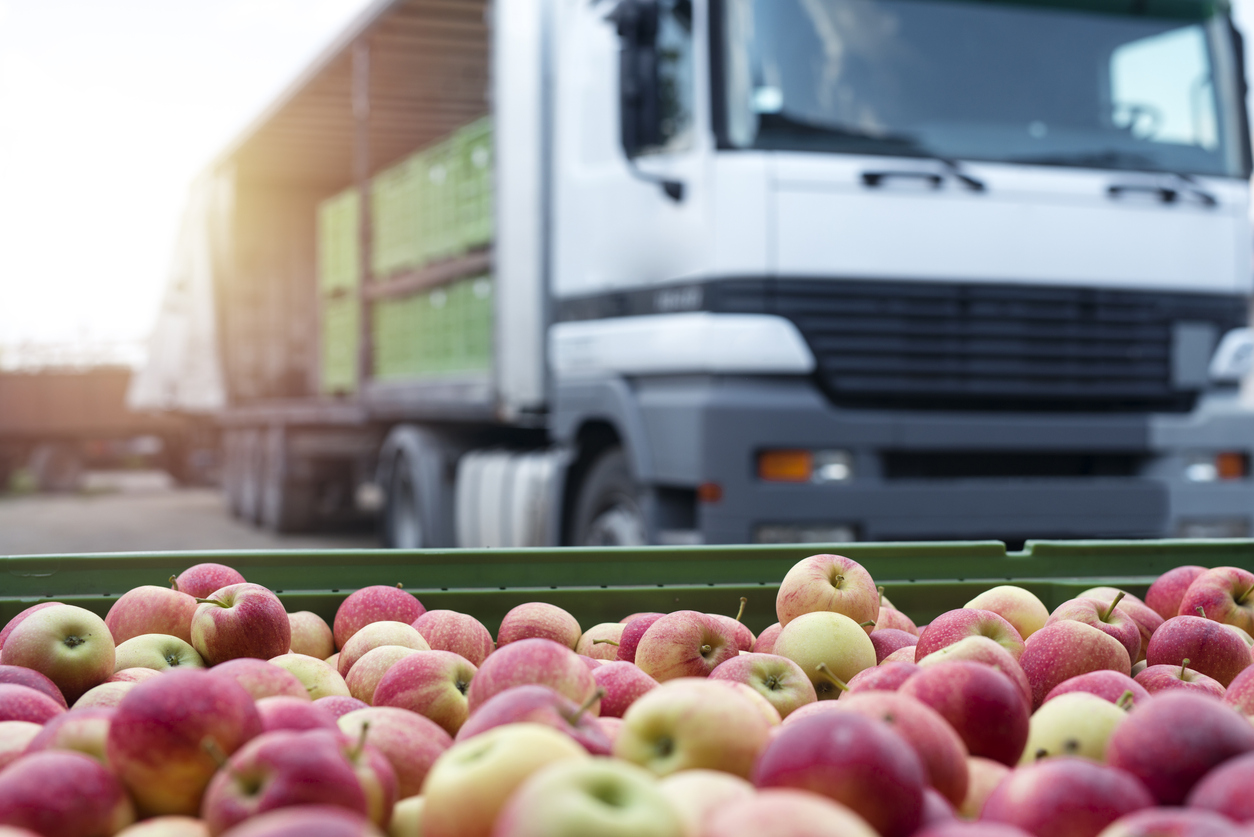In the past few years, supply chain disruptions have tested even the best-run restaurants. From ingredient shortages to late deliveries and sudden price hikes, these challenges can upend operations and shrink margins fast.
The key to long-term success is resilience—putting plans, suppliers, and systems in place to protect your foodservice business from the shocks that may affect it due to global socioeconomic shifts. If you’re leading a restaurant group or overseeing a fast-growing chain, here’s a quick-start guide to help strengthen your supply chain.
1. Diversify Your Suppliers
Building resilience starts with not putting all your eggs in one basket. Instead of relying on a single supplier for crucial ingredients, develop relationships with several vendors who can fill orders fast if one falls short. This gives you more leverage when negotiating prices and better options in case an emergency cuts off your usual supply.
If you’re bringing a new supplier on board, be sure to vet them by product variety, order fulfillment speed, and real-world customer feedback.
You should also prioritize companies that have a proven track record of reliability and a range of products, such as Restaurant Supply options. These are solid suppliers who can work with you towards the success of your company.
2. Rationalize Your SKUs
Simplify your menu and stock lists as much as possible. Focus on high-margin or customer-favorite dishes, and trim rarely ordered ingredients or specialty items that add risk and complexity.
Here, stock-keeping unit (SKU) rationalization helps reduce waste, shrink storage needs, and streamline ordering—making you less vulnerable to sudden shortages. A leaner inventory is also quicker to audit and easier to manage when supply chains are tight. Remember that streamlining your operations is key to boosting the reliability of the supply chain.
3. Implement Demand Sensing Tools
Today’s forecasting tools can help you react quickly to changing customer habits and seasonal swings. Demand sensing leverages sales data, bookings, and market trends to predict what you’ll need to order. The more accurately you predict, the less likely you are to find shelves empty or walk-ins overflowing with unsold stock. Many platforms also alert you to unexpected spikes or drop-offs, so you can adjust orders with minimum waste or lost sales.
4. Set Safety Stock Rules
Build rules for maintaining safety stock or extra inventory that you may keep just in case. For key items like proteins, dry goods, or critical cleaning supplies, always set minimum levels that trigger a restock order.
Especially if demand varies according to seasonality, be sure to review these thresholds quarterly or after busy periods to align with real needs. Safety stock acts as a cushion, helping you keep service running when shipments are delayed or unpredictable.
5. Monitor with Dashboards and ESG Reporting
Tracking key risks is easier with digital dashboards, which display inventory, supplier reliability, and open orders in real time. Include environmental, social, and governance (ESG) metrics to help you spot issues related to sustainability or compliance—important for board reporting and maintaining your brand’s reputation. A solid dashboard lets you show progress on resilience and report confidently to stakeholders.
Conclusion: Your Roadmap for Staying Ahead
Building a stronger foodservice supply chain takes attention to detail, ongoing relationships, and the right mix of tech and planning. Diversify your suppliers, streamline inventory, use the latest demand tools, and keep a close eye on your risk dashboards. By taking these steps now, you’ll ensure your restaurant can weather the next challenge—and even come out ahead when disruptions hit.














